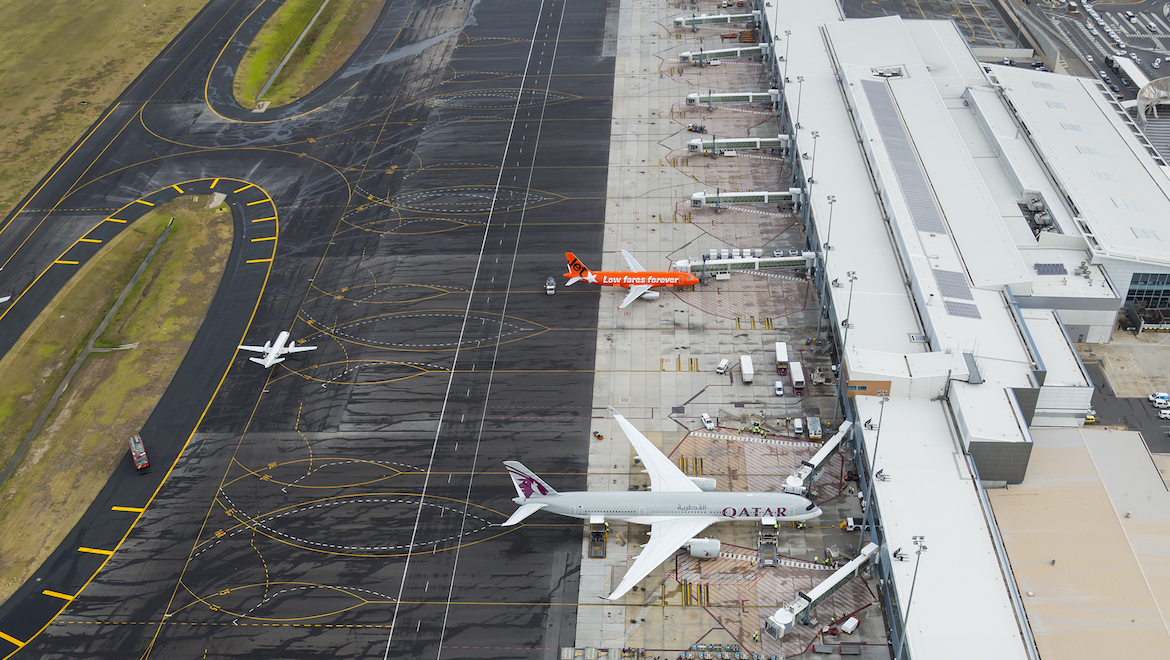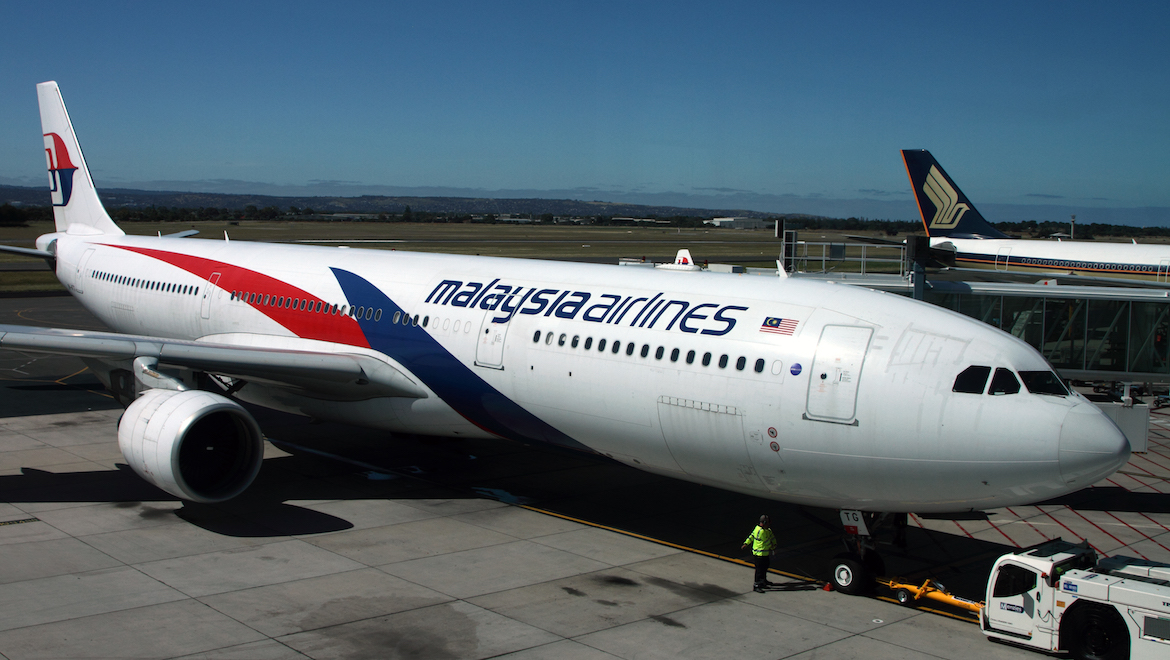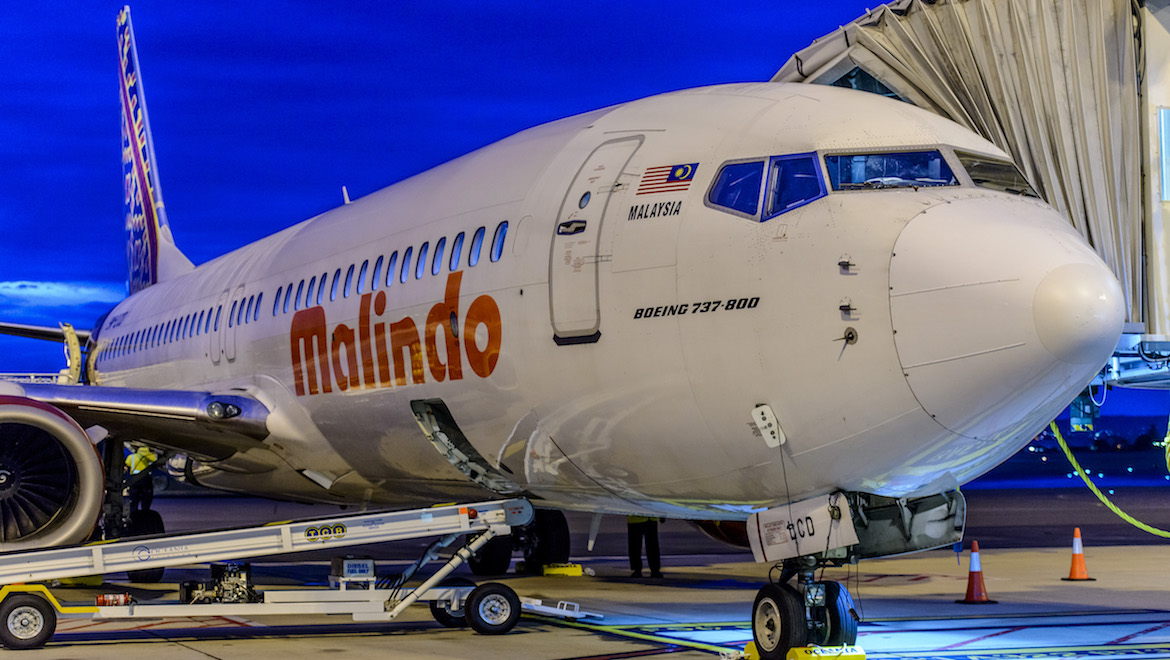
Adelaide Airport managing director Mark Young says the pursuit of new international routes is being done in a way that does not put existing operators offside.
Currently, Adelaide Airport has nonstop passenger flights to eight destinations – Auckland, Denpasar, Doha, Dubai, Guangzhou, Hong Kong, Kuala Lumpur and Singapore.
These routes were flown by nine airlines comprising Air New Zealand, Cathay Pacific, China Southern, Emirates Airline, Jetstar, Malaysia Airlines, Malindo Air, Qatar Airways and Singapore Airlines.
In the immediate term, the airport has been keen to expand the network to include more points in Asia, as well as a longer-term ambition to secure a nonstop flight to the United States.
Young said the quest to secure more international destinations at Adelaide Airport was being done in a considered way.
“It just requires you to be disciplined about which airlines you are talking to,” Young told Australian Aviation on the sidelines of the recent World Routes conference in Adelaide in late September.
“Incumbent airlines are very valuable and we work with incumbent airlines around product differentiation, around frequency, but there still are a number of either completely unserved destinations direct out of Adelaide.
“Our business development activities are directed around targeting those areas that are unserved and are unlikely to significantly cannibalise our existing markets.
“Where we think there are routes that we are on that are underserved, it is working firstly with the incumbent to and try and grow either through upgauges, product enhancements or frequency.”


Currently, Adelaide Airport was in the middle of a three-year upgrade.
The work, which began in August 2018, would increase the terminal space by 16,500 square metres, including an additional 7,257 square metres of retail space to boost shopping and dining opportunities for passengers.
In the international precinct, departing passengers would gain more retail and dining space, as well as an expanded duty free shopping area.
There would also be larger immigration and security screening areas, which are being relocated from Level 2 (checkin) to Level 1 – the present arrivals area – where a second baggage belt would be installed.
And the work included new VIP facilities for international departures and arrivals, and a “common user” premium departure lounge for international passengers.
An expanded Virgin Australia lounge was also expected to open in 2020.
Under the changes, Gate 18 will become a dedicated international gate, but Adelaide Airport planned to continue to use of “swing gates” able to be used for both international and domestic flights depending on demand.
The terminal has six of these gates at present, including two for international narrow-body aircraft.
A 165-room hotel opened at the airport in September 2018.

Young said Adelaide Airport represented one part of a collaborative effort with the government and tourism bodies – “Team Adelaide” – to grow the aviation network.
“Airlines making decisions to come to new ports are big decisions and they have many millions of dollars invested in aircraft, not to mention the operating costs of flying to new routes,” Young said.
“Airlines really want to know that they are coming into an environment that is well aligned and very supportive from the airport through to the businesses in the state and in particular a state government that is very supportive of that airline coming in and staying.
“The role of the airport is to provide a seamless gateway that properly represents the sense of place and the customer experience that is expected when you are having guests and visitors visit your state arriving and departing.”

Young said having the World Routes event in Adelaide was a great opportunity to promote South Australia to the hundreds of airline and airport executives in attendance.
“Routes is all about maintaining your relationships with those airlines that you are pitching to. It is an opportunity obviously to get to decision makers who are making route development decisions two, three, four, five years out,” Young said.
“When airlines look at and do their forward planning they are not just really focussed on one destination, there are many many places that they can take their aircraft to so at any point in time there might be a potential airport set of 20 or so airports around the world,” Young said.
“Our approach is to make sure that those airlines that we want to strategically do business with do keep us in their considerations.
“When circumstances transport such that all of the assumptions in the business case come to pass well naturally we will rise to the top of the consideration set. But it takes a lot of things to fall into place for that to happen.”













